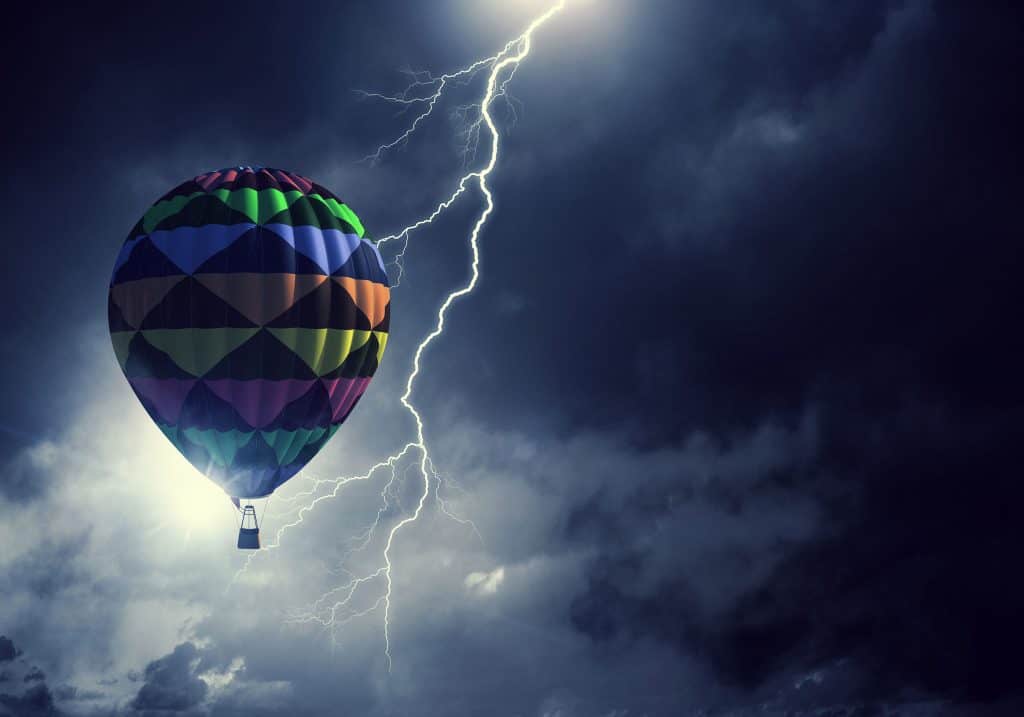
Aviophobia, or the fear of flying, is one of the most common phobias amongst adults in the United States. Over a quarter of the population reports some anxiety related to flying.
In the aviation world, hot air balloons are an incredibly safe form of flight, and they have become increasingly safe over time. Accidents are uncommon, and fatalities are even rarer. Between 2000 and June of 2016, only 21 hot air ballooning fatalities were reported in the United States.
Although it seems improbable at times, you’re actually pretty safe standing in a wicker basket attached to a massive balloon. So, if flying makes you queasy, hot air ballooning may be a good place to start!
Visit Our Hot Air Balloon Page for More Great Content!
How are Hot Air Balloons So Safe?
It seems very unlikely that flying around in a basket that’s held aloft by a nylon sack would be very safe. It seems even more sketchy when you remember that there’s a propane burner shooting fire into said nylon sack.
Then you have to consider the fact that hot air balloons can’t really steer. And don’t forget about the possibility of running into other objects like birds, other balloons, and power lines.
Oh, and then there are the issues of freak storms, faulty equipment, and hostile countries (for our international balloonists).
Against all odds, hot air balloons are actually a very safe way to soar through the sky! The question is naturally raised then, how is that possible?
Modern Technology and Hot Air Balloons
One of the main reasons hot air balloons are so safe is the advances in balloon technology over the last century. From propane tanks to ripstop nylon, there have been many technological advances related to ballooning.
Propane tanks and propane burners provide a safe and reliable way to warm the air inside the envelope. These inventions also make it easier to store and transport fuel needed for flight.
Related Reading: What Happens if Your Hot Air Balloon Gets a Hole in it?
Ripstop nylon has made hot air balloon envelopes much more durable! This is huge step up from the sackcloth and fish netting early balloons used for envelopes.
Modern meteorology can warn pilots of hazards before any even gets in the basket. Baskets, although still commonly made of wicker, can now be reinforced in many ways.
These inventions, along with many other inventions, have made hot air ballooning significantly more safe.
Related Reading: Do Hot Air Balloons Crash Into Each other?
Safe Laws

Most countries in the world have some laws related to hot air ballooning. Many of those countries actually have extensive hot air ballooning laws. These laws prevent many dangers related to ballooning.
For example, the United States requires hot air balloon pilots to pass certain safety courses and become licensed before flying. Better trained pilots naturally cause fewer accidents.
There are also laws in many countries that require hot air balloons to be inspected every 100 hours spent flying. This ensures that the equipment in a hot air balloon is working well and up to date.
Many countries, including the U.S., compile these laws into useful manuals that help educate pilots.
All in all, having well-informed laws help to protect everyone involved in ballooning.
A Multitude of Information
Above all else, hot air balloons are safe because of the amount of information there is about ballooning.
Well equipped manufacturers make better equipment. More informed agencies make better policies. Better trained pilots fly better.
There is very little left up to chance in hot air ballooning anymore because of the amount of information that has accumulated over the years. In fact, we know more about ballooning now than we ever have.
It’s all this information, and its practical application, that can give you confidence as you hop into a hot air balloon.
The fact that you’re reading this article just goes to show how well informed we are when it comes to hot air ballooning!
Knowledge, in this case, isn’t power, but it is safe. Our knowledge of what makes hot air balloons fly, best practices in ballooning, and best safety procedures make ballooning safer than ever.
How do Hot Air Balloons Compare?

Hot air balloons are an incredibly safe way to fly, but are they the safest? The answer is yes and no.
Hot air balloons do account for the least amount of deaths in a major flying machine every year. However, by percentage, airplanes tend to be a little safer.
That certainly doesn’t paint the whole picture though! Let’s jump into the comparisons.
Hot Air Balloons Compared to Airplanes
Airplanes are generally recognized as the safest way to travel long distances. This is especially true when compared to ground transportation.
Per one billion miles traveled, airplanes average less than one fatality. In fact, they average less than one-tenth of a fatality. Statistically speaking, this absolutely makes airplanes the safest way to travel.
While the numbers look good for airplanes statistically, the total amount of people who die annually in an airplane is astronomically higher than the amount of people who die in a hot air balloon over the same time period.
That’s because there are a lot more people who ride in airplanes than in hot air balloons.
For example, in 2018, 1,040 people died in airplane crashes. In the same year, there was only 1 person who died in a hot air balloon crash.
The biggest difference between hot air balloons and airplanes is that airplanes are commonly used for traveling over long distances. It is very uncommon, and not very efficient to use a hot air balloon to travel far.
So, when it comes to choosing between airplanes and hot air balloons, you can rest safe knowing they’re both very safe, but used in very different ways.
Helicopters vs. Hot Air Balloons: Which is safer?

Helicopters are much more dangerous than hot air balloons or airplanes. On average, helicopters tend to crash thirty-five percent more often than airplanes.
These startling numbers are actually much better than they use to be! The number of helicopter crashes has decreased every year since 2013. Even with these improved numbers, helicopters remain very dangerous.
They’re so dangerous that some refer to helicopters as the motorcycles of the sky.
Some of these numbers are skewed because many helicopter crashes take place during standard military operations. In these operations, the helicopters involved tend to be performing dangerous maneuvers.
Even with these skewed numbers, it is much more safe to fly in an airplane if you’re thinking about traveling through the air!
My professional advice for those afraid of flight is to avoid helicopters if at all possible.
Parachuting vs. Hot Air Balloons: Which is Safer?
You may be wondering how parachutes found their way in here! They’re technically not flying devices. In fact, in many ways, they’re the exact opposite! They’re falling devices!
It probably comes as no surprise that most parachuting accidents are related to airplanes. Furthermore, in terms of the laws of physics, there isn’t much difference between a parachute and a hot air balloon!
It may surprise you to know that jumping out of an airplane isn’t the most dangerous thing you can do in the air. Parachuting is much safer than riding in a helicopter.
While it’s still not as safe as just staying in the airplane, parachuting is surprisingly safe.
Per every 1,000 jumps, there’s an average of 0.006 fatalities. Unlike other forms of aviation, parachuting does have a high percentage of non-life threatening injuries.
Taking all the numbers together, you’re much less likely to die because of flying (or controlled falling) than being on the ground.
Related Reading: Do Hot Air Balloons Carry Parachutes?
Common Hazards
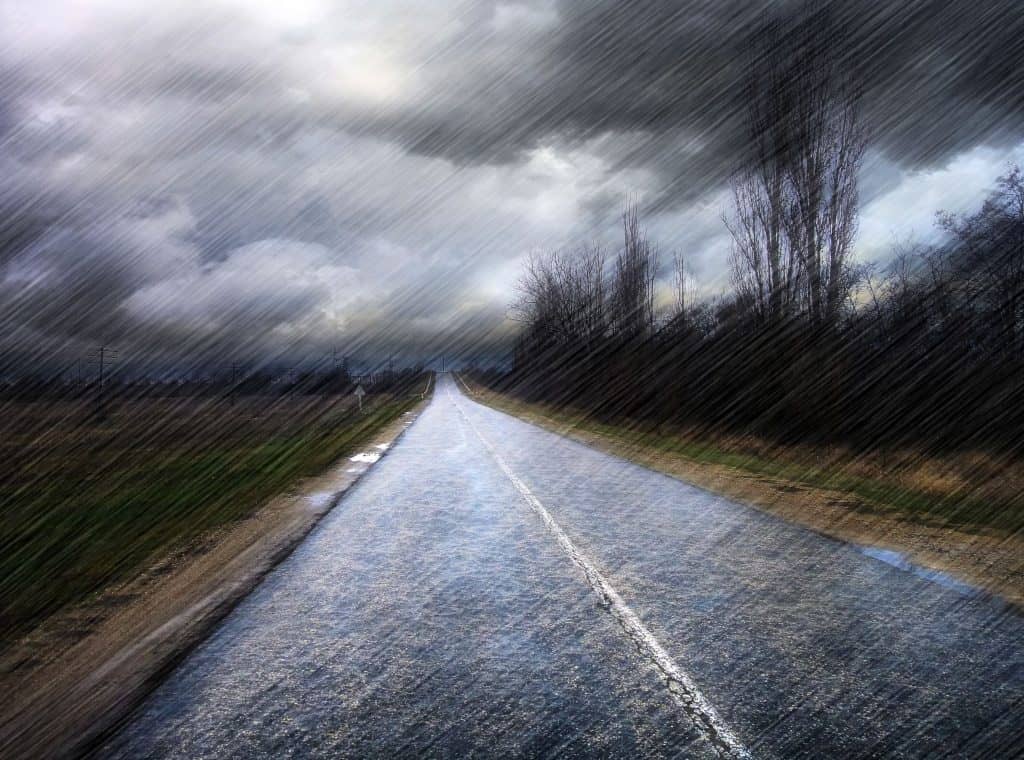
Most hot air balloon accidents are related to hazards outside of the basket as opposed to incidents inside the basket. The technology used in a hot air balloon is basic and very reliable.
There are some common hazards that come with ballooning, especially ballooning in the modern day. Of course, there are also some hazards that are as old as time!
Knowing about these hazards, and knowing how to avoid them, can and has saved many a hot air balloonist.
Weather
Weather is the most common hazard when it comes to hot air ballooning. Thankfully, it’s also the most avoidable!
Hot air balloons are really just massive sacks of hot air the float through the sky being pushed around by the wind. That may sound simplistic, but it illustrates why weather would be a hazard.
For the most part, hot air balloons are at the mercy of the wind. Because of this, balloons don’t go up in windy weather. In fact, they don’t go up even if it might get too windy!
Related Reading: How Much Wind Can a Hot Air Balloon Fly in?
When it comes to storms, it’s a definite no for hot air balloons. Rain, wind, and lightning can all do serious damage to a hot air balloon. Overcast weather also keeps hot air balloons grounded for visibility reasons.
This obviously means that there is no hot air ballooning in extreme weather either.
Surprisingly, there is hot air ballooning at all times of the year! Temperatures have little effect on hot air balloons since they make their own hot air!
Related Reading: Do Hot Air Balloons fly Better in Cold or Warm Weather?
Pointy Objects

Pointy objects can come in all shapes and sizes. Trees, mountains, buildings, and weather vanes have all been the cause of balloon accidents in the past.
You might think that pointy objects are a hazard because they might puncture the envelope, but many more accidents have occurred because baskets have become caught on a pointy object.
It’s fairly easy to avoid these pointy objects until it’s time to land. Then it becomes much more difficult! This is especially true when trying to set down in windy conditions.
In fact, many accidents that involve pointy objects also occurred in bad weather. This highlights the need to never fly in dangerous or inclement weather.
The threat of pointy objects has increased as urbanization has become more and more widespread.
Power Lines
Power lines are by far the most dangerous hazard in hot air ballooning. Accidents involving power lines have caused many more fatalities than any other ballooning hazard.
Obviously, this hazard is newer than the other ones listed above. It is a hazard that has become of increasing concern in recent years. Most balloonists today know someone who has had a run in with power lines.
The best way to avoid power lines is to fly in a secluded area. Unfortunately, this is not always possible. Because of this, it is imperative to use extreme caution when landing in an area where there are power lines.
Where possible, take off and landing spots should be far away from power lines. In the case of emergency landings, landing near a power line should be a worst-case scenario.
Power lines truly are the bane of hot air balloons. Stay away from them.
Early Accidents and Developments
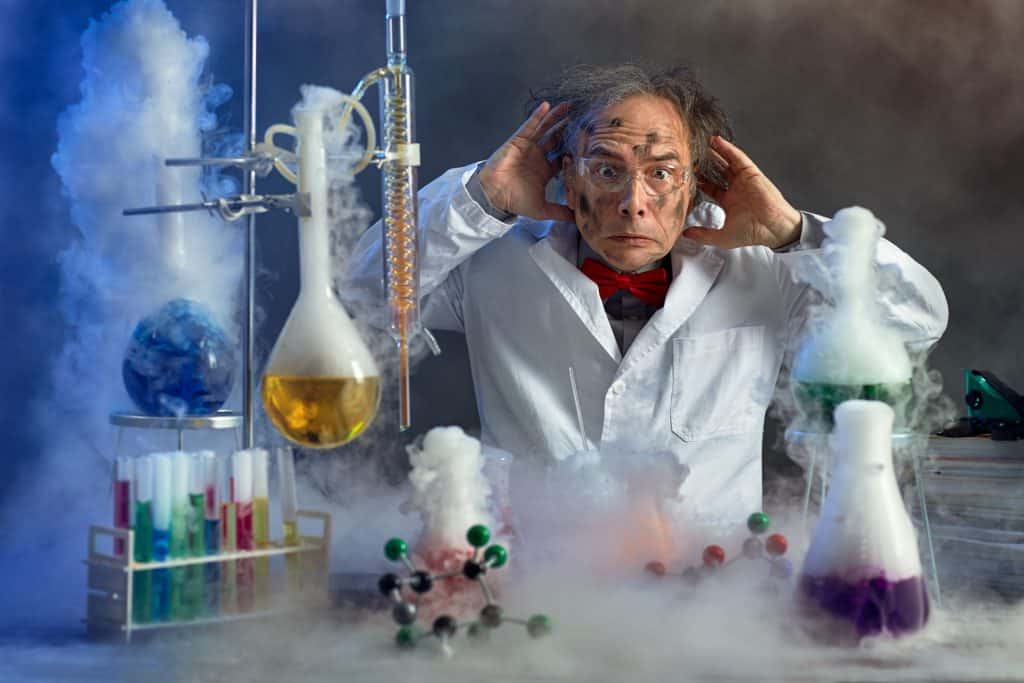
As time has gone on, hot air balloons have become a lot safer. In the early days of ballooning, there was a litany of potential hazards.
We benefit from many of these early accidents. Many of the things we know about hot air ballooning now were learned through trial and error. Sometimes, those errors were tragic.
Early ballooning accidents were so common that hot air ballooning was basically abandoned for over one hundred years. These early accidents, although tragic, paved the way for the rise of modern hot air balloons.
A Sheep, a Duck, and a Rooster
When the hot air balloon was being invented, people didn’t trust it to carry humans at first. In fact, the first passengers in a hot air balloon were a sheep, a duck, and a rooster.
These may seem like a random assortment of animals, but it was actually very intentional. At the time, these animals were thought to have very important qualities.
Sheep were thought to have very similar anatomy to humans. The belief was that if a sheep could survive the flight, then a human would be able to as well.
The duck was to be used as a control variable because ducks were used to flying at high altitudes. The rooster was the other control because roosters fly, but not very far or high.
This first flight actually was a success, and gave humankind the courage to venture into the sky!
No animals were harmed in this experiment.
The First Fatalities
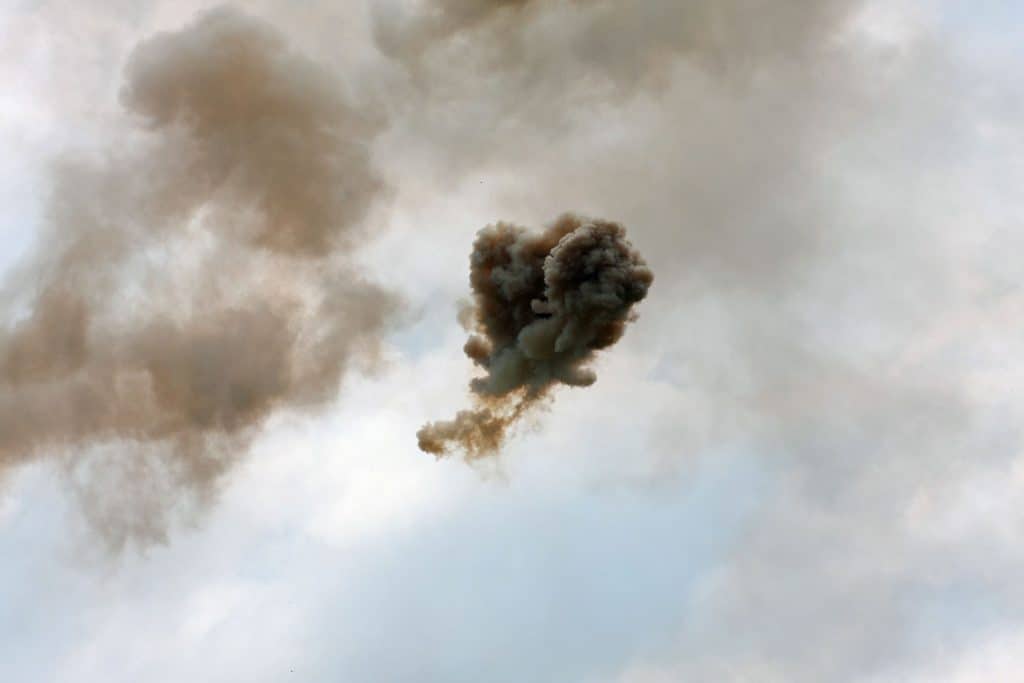
While there was an early success following the experiment with our animal friends, there was also early disaster. The first recorded death caused by a hot air balloon came in 1785.
Not only is this the first hot air balloon death, but it is also considered the first death in the history of aviation.
The incident occurred when Jean-François Pilâtre de Rozier and Pierre Romain were attempting to cross the English Channel in a balloon. Their balloon used a combination of hot air technology and hydrogen gas.
Although we don’t know exactly what happened, accounts report that the balloon was blown off course, and then suddenly erupted into a ball of flames.
Both passengers were killed.
This accident marked the first fatalities in ballooning but also gave way to many technological advances.
Rozière balloon
The balloon model being used during this early accident came to be known as a Rozière balloon, named after Pilâtre de Rozier. A Rozière balloon uses a combination of hot air and gas.
Early models of this balloon underestimated the danger of putting fire and flammable gas near each other. Through trial and error, this model has been greatly improved.
These balloons are much more common today and are often used to break ballooning records. Although the development of this kind of balloon was dangerous, we now benefit from these early accidents.
The Rozière balloon is just one example of what we have learned from early ballooning accidents. Almost no meaningful progress has been made in ballooning without some risk.
Failure truly is the greatest teacher.
Modern Mishaps
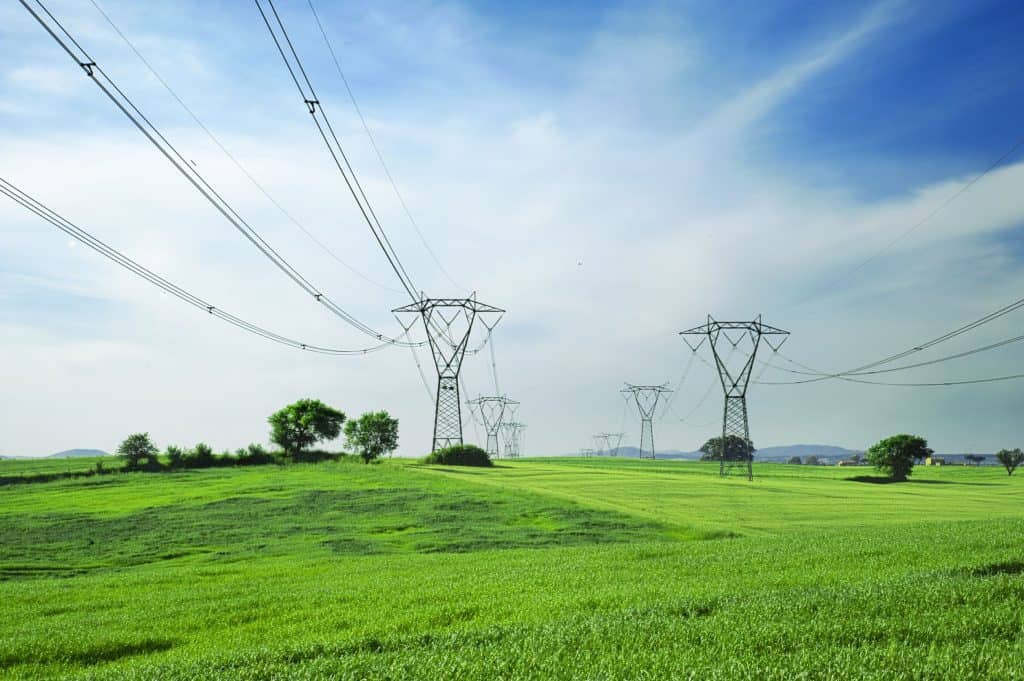
Although it is true that modern hot air balloons are much safer than their early counterparts, there have still been some modern mishaps.
Thankfully, many modern mishaps have been non-fatal. Unfortunately, this is not always true. With greater technology, there have been greater risks taken.
While hot air balloon accidents are less common now, some of the most devastating hot air ballooning accidents have occurred in the last fifty years.
Hot air balloon accidents are few and far between, but they do tend to create a lot of buzz. Much of the fear related to hot air ballooning comes from the massive coverage that ballooning accidents do incur.
Notable Accidents
1. Ljubljana Marshes, 2012: This accident was caused by an unforeseen thunderstorm that forced the pilot to attempt an emergency landing. Because of the weather conditions, including severe wind, the landing was unsuccessful.
Six of the thirty-two passengers were killed. Following the accident, Slovenia passed much stricter laws relating to hot air ballooning.
2. Alice Springs, 1989: Occurring in northern Australia, this accident was the result of two hot air balloons colliding. The envelope of one balloon ran into the basket of a balloon above it, and the envelope of the lower one tore open.
The balloon plummeted about 2,000 feet and killed all thirteen passengers. This was the deadliest hot air ballooning accident ever when it occurred.
The pilot of the upper balloon was charged to two years in prison, but his ruling was overturned on an appeal (although he later did spend time in jail for fraud not related to ballooning).
3. Carterton, 2012: One of the most unfortunate of all hot air ballooning tragedies, this accident in New Zealand was one that could have easily been prevented.
The balloon in question ran into power lines when the pilot decided to try and fly over them instead of performing a standard emergency landing. This resulted in all eleven passengers dying.
The toxicology report from the pilot’s autopsy revealed that he was under the influence of marijuana during the accident.
Additionally, several other concerns were discovered during the investigation. These concerns include using outdated equipment, lying on flight and maintenance reports, and an expired medical report that should have disqualified the pilot from flying.
The investigation put serious pressure on the hot air ballooning agencies and lawmakers in New Zealand. Many hot air ballooning laws and procedures were subsequently improved.
Tragedy in Texas
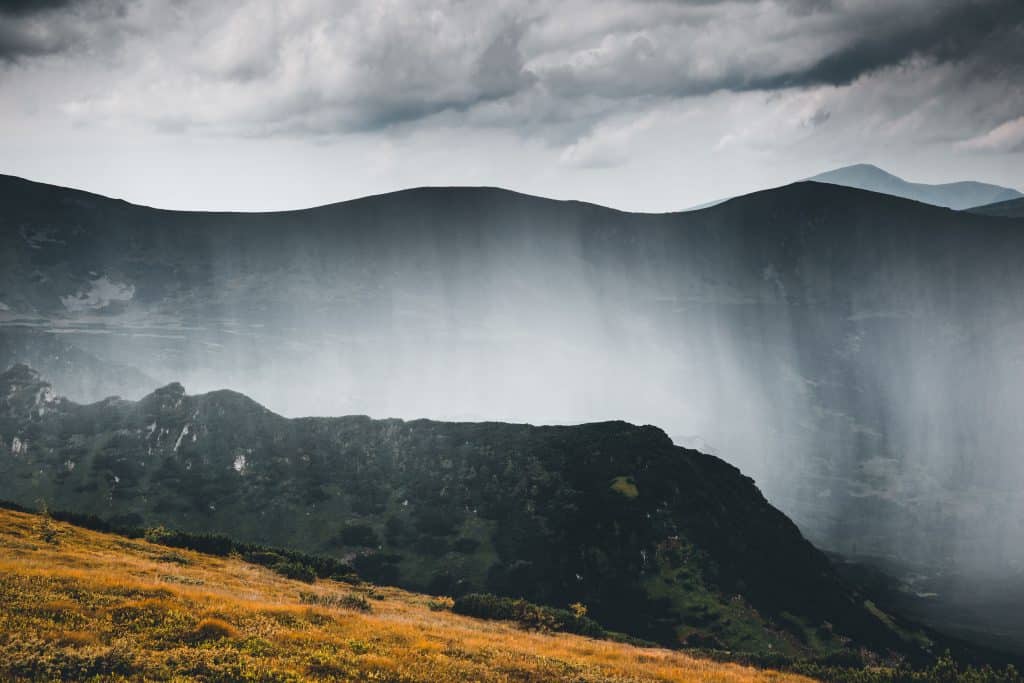
On July 30, 2016, one of the deadliest hot air ballooning in history took place in Maxwell, Texas. In total, this accident would claim the lives of 16 individuals.
This crash is surrounded by controversy because of reports of misconduct made against the pilot of the balloon. The evident disregard for law and safety makes this accident even more tragic.
This accident is still the deadliest hot air balloon accident in United States history. So, what happened?
The Pilot
Most of the story focuses on the pilot, Alfred “Skip” Nichols. There were numerous reasons why Nichols never should have been in the air that fateful day.
To begin with, the weather that day was too dangerous to fly in. Every other hot air balloon agency in Texas had shut down operations for the day. Nichols’ balloon was the only one in the air in the whole state that day.
Even though Nichols had been advised to stay grounded because of low clouds and fog that impaired visibility, he went up anyway. He took fifteen other passengers with him.
But the decision to go up should never have been Nichols’ to make. You see, he was taking seven different kinds of medication for depression, ADHD, and chronic pain that should have disqualified him from having a pilots license.
The day of the accident, Nichols had taken Valium, oxycodone, and so much Benadryl that it was like being intoxicated with alcohol. On top of all this, Nichols’ didn’t even have a drivers license because of previous DUI’s in Missouri.
The conclusion is obvious, Nichols never should have been flying a hot air balloon in the first place.

Lessons Learned from Tragedy
After having ascended above the clouds and fog, Nichols stayed in the air far too long. He passed up many safe landing zones in the process.
When he did decide to land, it was with close to no visibility as he went through the clouds and fog. His balloon ended up hitting power lines just ten miles from his home.
All sixteen people on board died, including Nichols and the owner of the balloon agency Nichols worked for.
This accident, the largest in U.S. hot air balloon history, caused a media firestorm. The hot air balloon agency that Nichols worked for was shut down and hot air balloon laws were overhauled during the next two years.
A report written by the National Transportation Safety Board (NTSB) indicated that while the pilot was at fault for the crash, the FAA also shared some of the blame.
This was the second time in two years that the NTSB had formally asked the FAA to tighten regulations around commercial hot air balloons.
Since the accident, there has not been a major hot air balloon crash in the United States. This is in part because of the overall safety of hot air ballooning, but also because of increased adherence to ballooning laws.
The Deadliest Crash
While the accident in Maxwell, Texas was the deadliest crash in U.S. history, it’s not the deadliest balloon crash ever. That unfortunate title goes to an incident in Luxor, Egypt.
This crash resulted in 19 deaths. Only 2 people survived. This accident was the deadliest hot air balloon crash ever and the deadliest crash in aerostat technology since the Hindenburg crashed in 1937.
What Went Wrong
Hot air balloon rides are common in Luxor because they provide a wonderful view of the Nile and nearby attractions. With flights being so routine, how could something like this have happened?
Well, as it turns out, this is not the first hot air ballooning accident in Luxor, nor has it ended up being the last. There have been other hot air balloon accidents in Luxor in 2007, 2008, 2009, 2011, and 2018.
But no other accidents were anything like this one.
When the balloon was only about ten feet off the air, a fire started on-board due to a gas leak. Almost immediately, the pilot and one passenger jumped to safety.
Because the gas system was not operating properly, more hot air was funneled into the envelope right away. This caused the balloon to vault into the sky.
Crew members who could have helped the balloon near the ground left their posts to see to the pilot. This allowed the balloon to escape into the sky.
Other passengers tried to jump when the balloon was over one hundred feet in the air. All seven passenger who attempted this died.
At almost one thousand feet in the air, the balloon finally exploded into fire and smoke. In all, nineteen passengers died. The only survivors were the pilot and one other passenger who leaped out of the balloon immediately.
The pilot and balloon maintenance engineer were arrested for negligence.
Will it Happen Again?

While many Egyptian officials claimed at the time that this accident could have happened anywhere, that is simply not true. The hot air balloon standards in Egypt are incredibly lax because of the tourism it brings in.
The gas line that leaked had never seen sufficient maintenance and was almost ten years old. The pilot involved was not properly trained, and the ground crew did not follow protocol.
Because of these cut corners, it was really only a matter of time before a serious accident occurred. The hot air balloon industry in Luxor has not been and still is not up to date with the rest of the ballooning world.
In places where hot air balloon regulations are relaxed, it is very possible that an accident like this could occur again.
However, these conditions tend to be found in poorer countries trying to make more money through tourism. In more developed countries, it is highly unlikely that something like this would happen.
Of course, there is no way to ensure perfect safety heading forward. There are just too many variables. With that having been said, it should be remembered that hot air ballooning is incredibly safe.
The history of hot air ballooning is one of general safety with a handful of tragedies. The safety of hot air ballooning rests in its simplicity.
So while nothing can be guaranteed, you can fly with peace of mind knowing that hot air ballooning has been, and remains one of the safest ways to fly.
